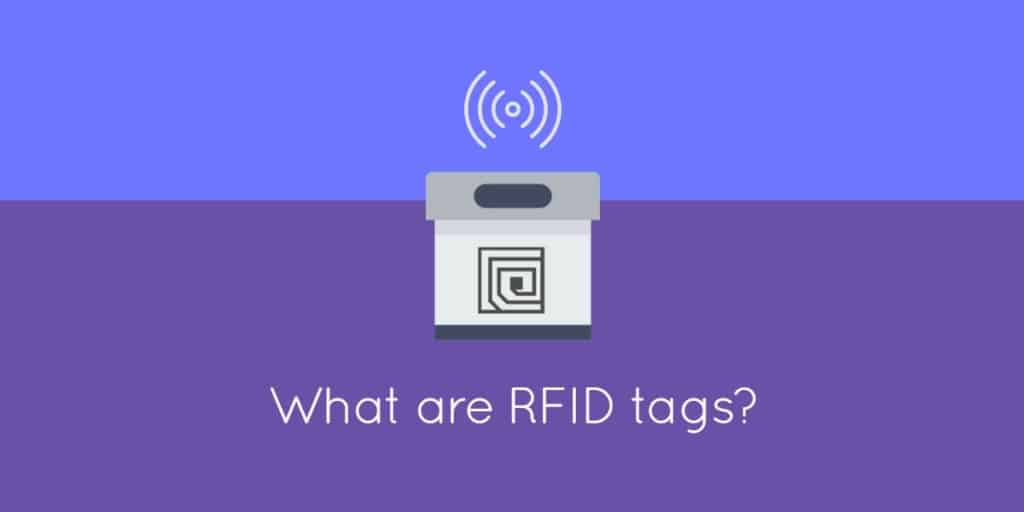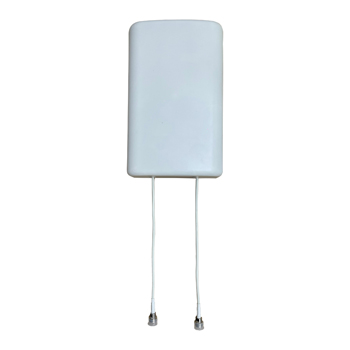
RFID stands for Radio Frequency Identification and is a popular communication protocol widely used for short-range communication in Internet of Things (IoT) and Machine to Machine (M2M) applications. Essential in asset tracking and real-time inventory management, RFID uses electromagnetic fields for seamless identification and tracking via RFID tags. This technology significantly enhances supply chain management, logistics, and retail operations. With integral components like RFID tags, RFID readers, and RFID software, it’s a transformative force in industries making RFID technology an important player in the global market.
The RFID market is expected to grow up to USD 35.6 billion by 2030 at a compound annual growth rate of 11.9 %. The significance of RFID tag technology lies in its capability to reduce the costs of businesses and increase business efficiency. The major factors which drive the rapid usage of RFID in the global market are,
- Need for inventory management
- Optimization in supply chain management
- Security of assets and goods
These factors are widely sought in different industries including retail businesses, healthcare, and the automotive industry.
A RFID system consists of three main components, namely, the RFID tag, the RFID reader, and the RFID antenna. RFID tag is responsible for emitting radio signals, which are then captured by RFID readers. RFID antennas are mounted on both RFID tags and readers to emit and capture radio signals. In this article, we will briefly discuss more about what an RFID tag is and how it works.
Table of Contents
ToggleWhat is an RFID tag?
RFID tag is responsible for transmitting radio signals fetched by an RFID reader and receiving any information stored in an RFID reader. There are two main types of RFID tags,
- Active RFID Tags: These RFID tags have their own power source such as a battery
- Passive RFID Tags: These RFID tags harvest power from the electromagnetic waves induced on its antenna by the RFID readers
Apart from these two main types, there are semi-passive RFID tags as well, where the main circuitry is powered by the battery, and the communication is powered by the energy induced by transmitted EM waves by the RFID reader. Moreover, RFID tags can be further classified into other distinct categories depending on other features such as form factor, frequency type, and environmental factors.
Components of an RFID Tag
A typical RFID tag consists of an integrated circuit (IC), an antenna, and a substrate. The combination of the IC and the antenna, which is responsible for encoding and identifying information is known as RFID inlay. The microchip or the IC acts as a small computer and holds unique user identification codes which are used in communication. It also may contain any other user-required data. The antenna is responsible for transmitting and receiving data. In the case of active RFID tags, the antenna would transmit signals whereas in the case of passive RFID tags, the signal would be reflected. Moreover, in the case of passive RFID tags, the antennas are responsible for powering up the tag with the reflected electromagnetic wave. The antenna occupies the largest space and varies depending on the power rating of the RFID tag and the operating frequency. The substrate can be plastic, paper, or even metal, which is responsible for holding the antenna and the microchip in the tag.
What can Tesswave do for you?
Tesswave provide 100+ antenna products and you can contact us for antenna customized solutions, get in touch with us today to get a Free quote.
Get an Instant Quote
Get a FREE quote and we will contact you within an hour
How do RFID Tags work?
As discussed, RFID tags are responsible for transmitting and receiving different information from the RFID reader. Initially, when an RFID reader is placed near an RFID tag, the radio signals emitted from the reader are emitted from the fetched by the RFID tag. Sometimes, the reader may request information stored in the tag. Then, the RFID tag is triggered and would reflect any information as per the requirement of the reader. Depending on whether the RFID tag is active type or passive type, the range of operation would vary. Active RFID tags would have a high range when compared to passive RFID tags. The ranging operation also depends on the operating frequency and other environmental factors as well.
Types of Information Stored in RFID Tags
RFID tags can retain various kinds of information that are used in different applications. User Identification or Tag Identification number is one of the most prominent types of information stored in an RFID tag. In addition, an RFID tag may store data such as expiration dates, product-specific information, shipping, and logistics information. For example, in the case of a cargo of apples, would contain RFID tags, with the following information,
- Expiration date
- Lot number
- Number of apples in each box
- Unique identifier to identify the origin and destination of the cargo
- Any specific supplier or distribution information
A typical modern RFID tag can store up to 256 bits of storage and can be reprogrammed using special instruments. Modern Gen 2 UHF RFID tags have four clearly specified memory banks, namely,
- EPC (Electronics Product Code) Memory Bank
- TID (Tag Identifier) Memory Bank
- User Memory Bank
- Reserved Memory Bank
These memory banks clearly specify the types of information that can be stored in each memory bank.
Benefits of RFID Tags
RFID tags are popular among many modern businesses. This popularity is due to the benefits businesses get from deploying RFID tags. Some of the major benefits include:
1. Real-time tracking
RFID tags can be tracked in real-time making them a good applicant in supply chain management. These can be tracked beyond the line-of-sight operation.
2. Security
RFID tags provide an additional layer of security since each tag can be assigned a unique identifier, thus ensuring authentication.
3. Efficiency
RFID tags improve the efficiency of business processes. For example, cargo with RFID tags for each box or container can be efficiently grouped, counted, or analyzed just by examining their RFID tags containing the necessary information.
4. Data accuracy
Usually data entered by an RFID tag cannot be reprogrammed without the help of specialized devices. Hence, these data are secure and less prone to errors.
Applications of RFID Tag
RFID tags are widely used in businesses and industries which require short-range communication and identification requirements in their day-to-day processes. Some of these applications include:
- Inventory and supply chain management: RFID tags are widely used to track inventory and goods in their distribution and storage process. This helps businesses to uniquely identify their goods and inventory.
- Asset tracking: Assets that are in transit can be tracked by using RFID tags which would contain necessary information such as the origin and destination of the transit.
- Payment processes: Certain businesses such as retail use RFID tags to carry out payment processes.
- Security and access control: RFID tags are widely used as security checkers in different businesses. These RFID tags are stored with the necessary security information which should be read by authorized RFID readers to gain access.
Conclusion
In this article, we briefly discussed the importance and basic functionality of RFID tags. RFID tags can be used for tracking assets, security purposes, and managing inventory and goods. These functionalities make RFID tags a popular option among modern businesses. Therefore, you should consider deploying RFID tags in our business to increase the efficiency and accuracy of your business processes.








